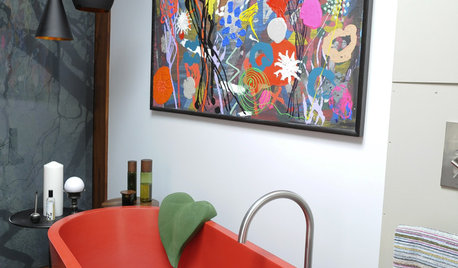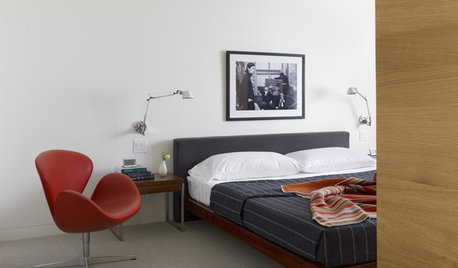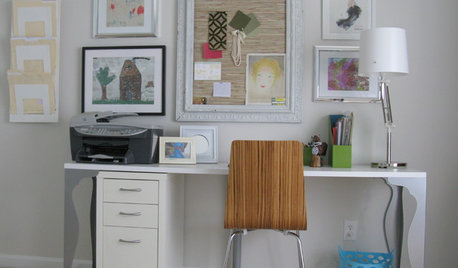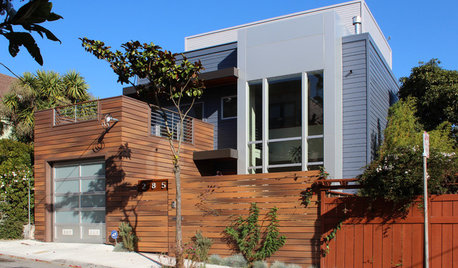How to paint plastic?
jaxo
13 years ago
Related Stories

GARDENING AND LANDSCAPINGChoosing a Deck: Plastic or Wood?
Get the pros and cons of wood, plastic, composite and more decking materials, plus a basic price comparison
Full Story
MATERIALSA Hard Look at Recycled Plastic for the Home
It's durable and versatile, but processing takes a lot of energy. We sort through the facts on recycled plastic so you can choose wisely
Full Story
MY HOUZZMy Houzz: Plastic Is King in an Out-of-This-World Home
Packed with wild colors, vintage collectibles and all things plastic, this Netherlands rental boldly ventures into futuristic territory
Full Story
PAINTINGWhat to Know About Milk Paint and Chalk Paint — and How to Use Them
Learn the pros, cons, cost and more for these two easy-to-use paints that are great for giving furniture a vintage look
Full Story
DECORATING GUIDESFrom the Pros: How to Paint Interior Walls
A slapdash approach can lower a room's entire look, so open your eyes to this wise advice before you open a single paint can
Full Story
DECORATING GUIDES13 Inspiring Ways To Style Your Inspiration Board
Step it up beyond square corkboards and plastic push pins
Full Story
KITCHEN CABINETSGet the Look of Wood Cabinets for Less
No need to snub plastic laminate as wood’s inferior cousin. Today’s options are stylish and durable — not to mention money saving
Full Story
MATERIALSShould You Use Composite Timber in Your Landscape?
This low-maintenance alternative to wood is made from varying amounts of recycled plastic. Consider it for decks, fences and more
Full Story
PRODUCT PICKSGuest Picks: Nightlights Worth a Spotlight
Forget drab plastic standards. These unusual illuminators help a bedroom, bathroom or kitchen really shine
Full Story
GARDENING AND LANDSCAPING12 Naturally Beautiful Hot Tubs
Prefer a no-plastic look for your patio or yard? Wood, stone and concrete make these hot tubs fit right in with nature
Full Story








jessicaml
jaxoOriginal Author
Related Professionals
Berea Painters · Dundalk Painters · Gulfport Painters · Lisle Painters · Naperville Painters · Santa Clarita Painters · Spanaway Painters · University City Flooring Contractors · Camp Verde Flooring Contractors · Dracut Flooring Contractors · Fargo Flooring Contractors · Faribault Flooring Contractors · Hilton Head Island Flooring Contractors · Novi Flooring Contractors · Owings Mills Flooring Contractorsgraywings123
Faron79
jessicaml
jaxoOriginal Author
graywings123
jaxoOriginal Author
jaxoOriginal Author
jaxoOriginal Author
jessicaml
jaxoOriginal Author
jessicaml
WendyB 5A/MA
John Tammelleo